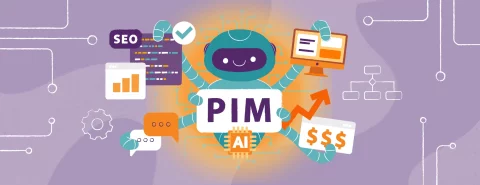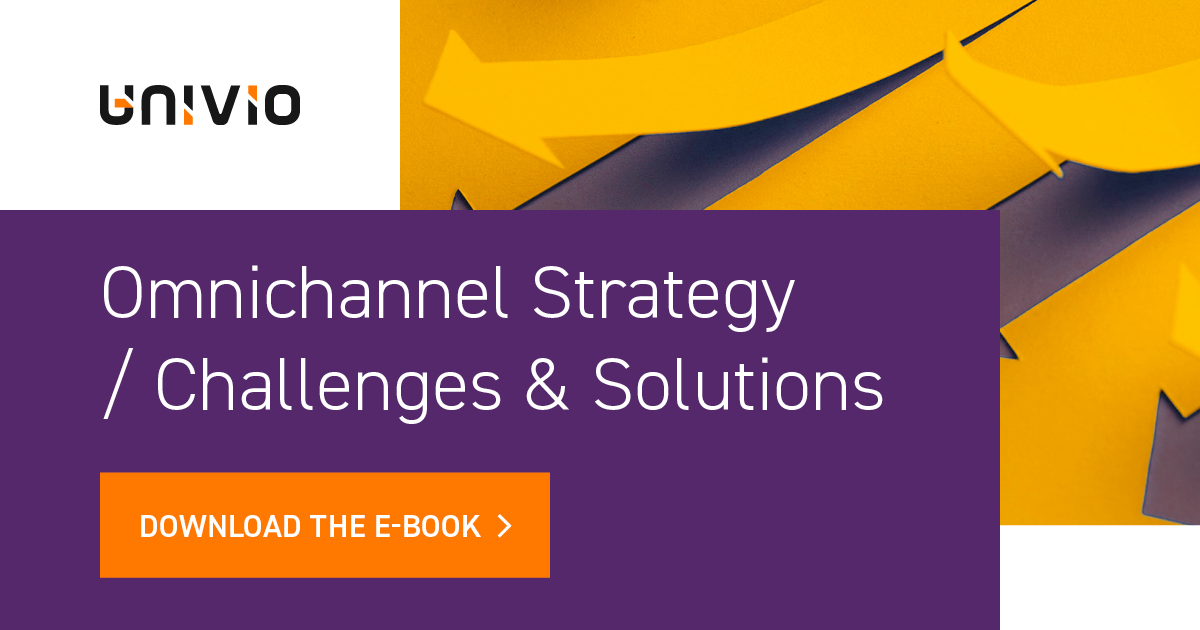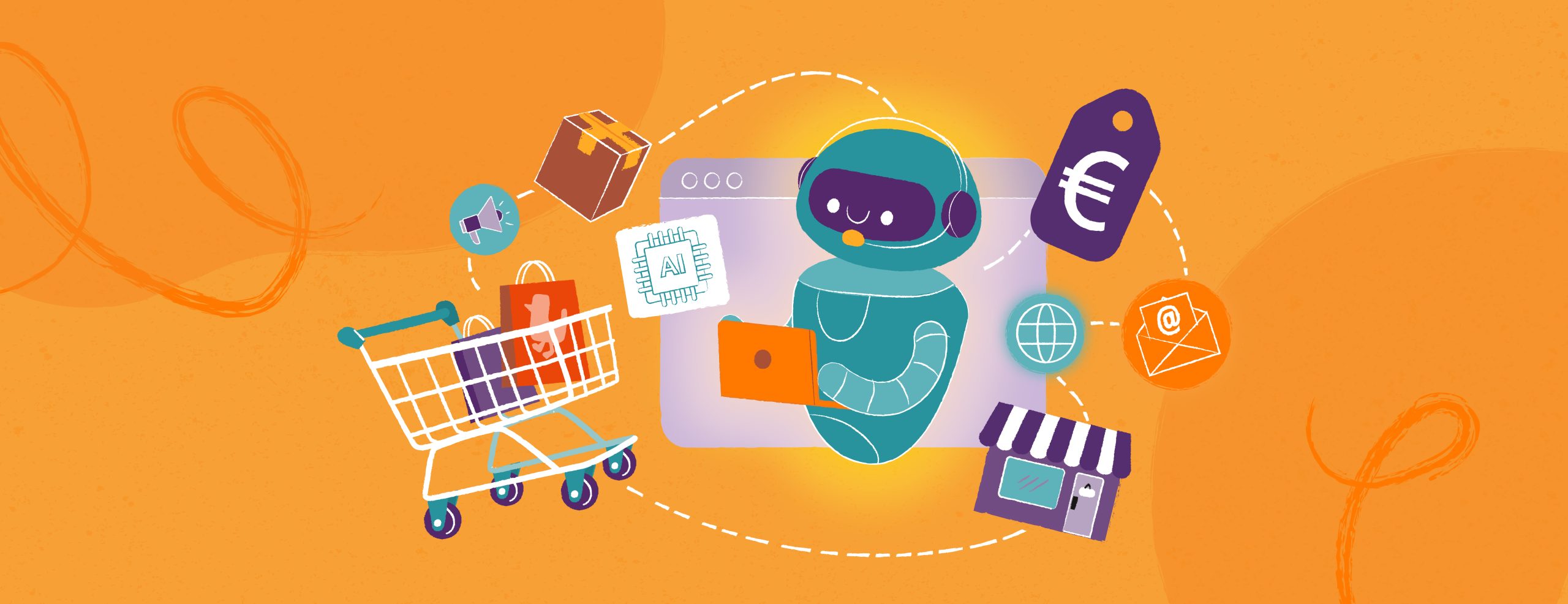Own Marketplace / When and Why? Experts on Key Challenges
More and more companies are considering launching their own marketplace as a natural growth path, a way to scale sales, and a new source of revenue. But it’s not always a straightforward journey, and it doesn’t guarantee success for everyone. What should you consider before making the leap? What are the most common challenges when launching a marketplace? And what kind of technology best supports this business model?
Sharing their insights and experience:
- Przemysław Porada, Head of E-commerce at LUX MED
- Tomasz Cyrek, Country Manager at VTEX
When Should Companies Seriously Consider Launching a Marketplace?
Przemysław Porada:
A marketplace isn’t a one-size-fits-all solution. If a company is growing steadily, say 30 to 40 percent year over year, and that growth rate is satisfying, it might be wiser to double down on your core business.
A marketplace becomes a viable option when you start to see limits in your current growth model. If your market or product offering is hitting a ceiling, and you need a new growth lever, that’s a sign it’s worth exploring.
A well-executed marketplace can drive accelerated growth, but only if you already have an established customer base, brand recognition, and strong operational processes. Otherwise, it can quickly turn into a complex burden rather than a path to scale.
Planning your growth trajectory is also essential, both in terms of the product assortment and the team responsible for developing the marketplace.
How Should You Approach Selecting Merchant Partners?
Przemysław Porada:
You can’t pick merchants at random. Their offerings need to align with your marketplace profile, but just as important are service quality, experience, and their ability to fulfill orders reliably.
For customers, the service experience often shapes their perception of the entire platform, regardless of who fulfills the order.
What Are the Biggest Operational Challenges When Launching a Marketplace?
Przemysław Porada:
The first and biggest hurdle is onboarding merchants. Finding partners is one thing, but the real challenge is integrating them: verifying KYC, signing contracts, setting up the technical infrastructure, and getting their products live on the platform. Too many companies underestimate this step, assuming merchants will figure it out. That’s a major mistake. Without a structured and partially automated onboarding process, your entire marketplace operation can fall apart.
The second challenge is catalog consistency. When you allow merchants to sell within your product catalog, you must maintain strict control over content quality — descriptions, images, and especially deduplication. If you don’t, your offering becomes chaotic and inconsistent, damaging customer trust and hurting conversions. This is where reliable PIM tools, offer-matching logic, and clear collaboration rules are essential.
The third issue is financial settlements. In a marketplace model, you manage not only your own revenue but also the financial flows of potentially hundreds of partners across different markets, currencies, and tax systems. You need a robust billing system and integrations with ERP, e-invoicing platforms, and your merchants’ financial tools. Legal, regulatory, and cross-border transaction issues also come into play. Mistakes in this area can be costly, both financially and reputationally.
Can a Marketplace Be Launched as an MVP?
Przemysław Porada:
That depends on how you define MVP. If it refers to phasing in more advanced features such as retail media over time, that makes sense. In this case, MVP means rolling out capabilities in stages without compromising the core operations.
But if MVP means a minimal, cautious business approach with limited product selection, few sellers, or an underdeveloped strategy it’s a different story. A marketplace depends on scale. Without enough SKUs or partners, you won’t reach the critical mass needed to evaluate the project’s performance.
This is not an area for experimentation. Launching a marketplace is a strategic decision that demands organizational maturity and readiness to invest both financially and operationally.
How Is the Marketplace Model Evolving, and What Business Models Are Gaining Traction?
Tomasz Cyrek:
A few years ago, marketplaces were associated mainly with giants like Amazon or Allegro. Today, we see more mid-sized and large companies launching their own marketplaces as a natural evolution, not just a sales channel but a way to build competitive advantage.
The most common model is the hybrid marketplace, combining first-party products with third-party seller offerings. This approach balances sales scale and product diversity with control over margins, offer quality, and customer experience.
Owning a marketplace also increases resilience to market changes. It lets you scale without investing in inventory or warehouses, as merchants handle fulfillment. This makes it easier to test new product categories or enter new markets.
We’ve seen this strategy work for companies like OBI, InPost Fresh, and Decathlon Brazil. They expanded and grew revenue using VTEX-powered marketplaces without building new sales channels from scratch.
What Role Does Technology Play in Marketplace Development, and What Should You Look For?
Tomasz Cyrek:
Technology should be an enabler, not a limitation. A good e-commerce platform should scale with your business goals.
First, integration. Your platform should make it easy to connect merchants, whether manually, via BaseLinker, or through APIs, along with payment systems, logistics providers, and technology partners.
Second, flexibility. At VTEX, we promote composable commerce and take it further with what we call Pragmatic Composability. This means the architecture includes essential built-in or integrated features such as OMS, PIM, CMS, AI search, PWA, and AI chat, but still allows for growth and customization without overhauling everything. That’s key in a rapidly changing market.
Third, customer experience. Whether a customer buys from you or a third-party seller on your site, the experience must be seamless, transparent, and consistent.
Finally, operations. Order management, financial settlement, and integrations with PIM and ERP should all function as one connected ecosystem – not a patchwork of disconnected tools.
Your implementation partner’s expertise is also vital. They need to understand your business model, operational needs, and potential risks. Their input often determines whether the project succeeds.
Final Thoughts
Launching a marketplace today is not just about boosting sales. It’s a strategic move to gain competitive advantage and strengthen your market position. But it’s not simply an IT project. It’s a complex transformation that requires business maturity, organizational readiness, and a well-thought-out tech foundation.
Building a marketplace affects many aspects of your company. That’s why your implementation partner should not only deliver the technology but also:
- Support strategy development
- Help optimize business processes
- Address legal and settlement issues
- Ensure scalability and long-term flexibility
With this approach, a marketplace becomes more than a trend – it becomes a sustainable growth engine and a strategic differentiator.
About the Experts
Przemysław Porada – e-commerce leader with over 20 years of experience in marketplace operations and online sales channels. As Head of E-commerce at LUX MED, he leads the development of modern sales solutions. He previously oversaw marketplace and cross-border expansion at Black Red White, and held roles at Semilac, Wittchen, and Leroy Merlin. His background spans both tech implementation and digital transformation in large retail organizations.
Tomasz Cyrek – expert with 18 years of experience scaling online sales across international markets. He has led e-commerce across 24 European markets and partnered with top marketplaces. Currently the Country Manager at VTEX, a global digital commerce platform provider, and founder of two e-commerce startups. He specializes in composable commerce, omnichannel strategies, marketplaces, and PIM/loyalty system implementations.








